Maybe it’s Time to Get Your Memories—Or a Loved One’s Memories—Down on Paper
Have you been thinking that you should tell your life’s story, but you don’t know where to start? Do you have a relative whose memories are worth capturing? I just found out about this thing called Storyworth. For a hundred bucks, you sign up for this service that sends you an email once a week for a year. There’s a question in the email about your life. You hit reply and answer the question. If you don’t like that question, or it doesn’t apply to you, you can pick another one.
At the end of a year, they’ll make your answers into a nice hardcover book and send it to you. You can add photos if you like. You can sign up a helper (a younger, more tech-savvy relative, maybe?) to share your account, help with whatever editing, photo-uploading, etc needs to be done, and get the whole project completed. You can, of course, order extra copies of the book for an additional price.
I think this is a fabulous idea. One of my relatives is doing it now, and she says she looks forward to the weekly emails, enjoys answering them, and has been surprised by all the additional memories those questions bring up. I can tell you that the whole family is delighted to know that some of her memories have been preserved.
I teach a bunch of classes on writing, and one piece of advice I give to beginning writers is to write your first draft as if you’re writing an email to a friend. Don’t worry too much about the quality of the prose—just get your ideas down in a straightforward way. Storyworth has harnessed the “write it like an email” idea to help people tell their life’s story, and I think that’s brilliant.
Speaking of Family Stories, Have You Heard of ‘Genealogical Consciousness’?
I recently gave a talk to a group of genealogists and we were talking about how intriguing the lives of complete strangers could be. (In case you’re new here, I wrote a series of novels about a real-life lady deputy sheriff from 100 years ago and I got very into genealogy in the process.)
Anyway, these genealogists told me about the idea of ‘genealogical consciousness’, defined here as “an ethic, a moral way of behaving based on seeing oneself and one’s actions as inextricably linked with past, present, and future people’s lives and hopes.”
Explained in a bit more detail:
“Developing genealogical consciousness requires that we think about strangers in the past, it develops the possibility of thinking about strangers in the present and strangers in the future and about how our relationships and actions will last beyond death and echo into future strangers’ lives. In doing so, genealogical consciousness makes heavy demands: it demands that we act more compassionately.”
It’s an interesting thought, that peering into the lives of people long dead can make us think differently about the people around us—the people who will, someday, be the long dead that some future generation looks back on and wonders about.
Okay, that’s kind of a grim thought for the holidays, but it suggests something lovely: that doing genealogy is like reading fiction. It opens up worlds, it connects us to strangers, and maybe it helps us become kinder and more understanding people.
Here’s My Favorite Silly Game for Family Gatherings
Speaking of history, and families, I highly recommend Timeline if you want a very portable, silly little game that everyone can play. It comes in a little metal tin that fits in your pocket, and it takes no effort to learn—you’re just drawing a card that describes some historical event and trying to add it to a timeline of events that have already been drawn. Was the airplane invented before or after the mechanical pencil? The object of the game is just to put world history in some sort of order.
It generates plenty of discussion and debate, and maybe even some family memories. Let the kids play, let the grandparents play, let the adults turn it into a drinking game. There are several versions that can be mixed together for variety (and google around to find even more, such as a British edition). It’s a nice, analog way to pass the time and actually talk to people, that’s all I’m saying.
I always love to hear from you! Feel free to post comments and questions right here.
Yes, I Want a Bird Buddy, On One Condition
Are you all seeing endless ads for this webcam-equipped bird feeder? The idea is that rather than stare out the window all day, waiting for a bird to arrive, you’ll get a notification on your phone showing you who’s at your bird feeder. It even identifies the bird.
The problem with this? Many of us get the same birds at our feeders, over and over. Mine would be an endless stream of “You have a black-capped chickadee at your feeder!” “You have a dark-eyed junco!” “Wait, is that a song sparrow?”
Yes, of course it’s a song sparrow. There are a million song sparrows around here.
So what I would like is a Bird Buddy that lets me looks at everyone’s feeder but my own! Let me see what’s going on in New Zealand! In Morocco! In Singapore!
So far that doesn’t seem to be a feature. But here’s a consolation prize— their Instagram account dishes up a pretty hilarious feed of birds around the world, staring into the camera lens exactly like they’re taking a selfie. Check it out.
You Can Roast a Whole Entire Squash Without Cutting It Open First
Yes, I talked about winter squash last month too, but not a lot changes around here from one month to the next. Winter squashes always look like a bit of a project, don’t they? Cutting them, peeling them, scraping out the innards?
Recently I realized that you don’t have to do any of that. Stab a squash a few times with a knife to break the skin, then put it on a baking sheet in the oven for an hour at 425.
It’s basically no work, and at the end you get gorgeous tender roasted squash that falls right out of the skin. What you do with it next is up to you, but I’m very fond of these kind of sheet pan recipes. With the squash already roasted,, it’s a pretty quick assembly job for dinner.
Elly Griffiths’ New Podcast is Delightful
Do you love listening to smart, charming British people talk about crime fiction? Then you must listen to this new podcast by my friend and British mystery author Elly Griffiths. In the first episode she has a behind-the-scenes chat with her editor, and in the second she talked to Ann Cleeves, author of (among other things) the Vera Stanhope series. She seems to be dropping one episode per month, so it’s a bit of a wait for the next one, but go ahead and subscribe! It’s lovely! Enjoy!
What Are You Reading? (another cover rant)
Last month I wrote a bit of a cover rant and some of you said that you’d like to hear another cover rant. So this is a book I haven’t actually read (yet! It’s on the stack!), but I’m already wound up about the cover.
Annie Proulx is a Pulitzer Prize-winning novelist known for her extraordinarily lyrical prose. Any book she writes about swamps and bogs and the like is bound to be, first and foremost, a work of great literature. Poetic. Dreamy, even.
Why, then, does the cover look like the first page of a PowerPoint presentation at an environmental policy think tank? Why choose a photograph that doesn’t “read” well either as a tiny thumbnail on a screen, or across the room in a crowded bookstore? Why cover it with a subtitle that reads like a newspaper headline? What’s with the boring fonts? And why, oh why, further clutter the cover with a blurb from Bill McKibben, a worthy writer who is nonetheless not as famous as Annie Proulx, whose blurb really adds no new information that might persuade a reader?
This book is a work of art. Sure, she probably gets into some policy recommendations and dishes out plenty of science and facts as she delves into the very real problem of peat bog destruction. But this is Annie Proulx, for crying out loud. Her writing is, above all, beautiful. The book should be beautiful, too. As an object, it should be as gorgeous as the words inside. Picking up the book should evoke an emotional response that speaks to her own emotional response to peat bogs, and the loss of them. This is a short book: it’s only 200 pages. It should feel like a little gem.
That cover is utterly devoid of emotion. It lacks heart. It’s cluttered and boring and academic.
Here are a couple of covers I spotted at the bookstore recently that do a better job:
On the left, an essay collection by another lyrical environmental writer. Whether you love this cover or not, you can nonetheless understand that this is a work of poetic literature about a serious environmental topic.
On the right, a novel with a very striking painting by an artist I admire, Jeremy Miranda. The painting is gorgeous and it reads well from a distance. The typeface, which I don’t totally love, nonetheless looks like it was worked over a bit to make it connect with the art somehow. Overall, it’s an intriguing-looking book that I want to pick up. The blurb stays nicely out of the way, and it’s at least from a better-known author, so maybe it helps attract readers.
Painters have been painting peat bogs, marshes, and swamps for centuries. There’s a lovely work of art out there somewhere. Attractive fonts exist. Clutter can be banished. Do better, Annie Proulx’s publisher.
The Stuff at the End
Come find me on Instagram
Order signed copies of some of my books from my husband’s bookstore
Order my books and many books I love at Bookshop.org, which supports independent bookstores
Take one of my online writing or art classes here
Sometimes I post paintings for sale! Right here

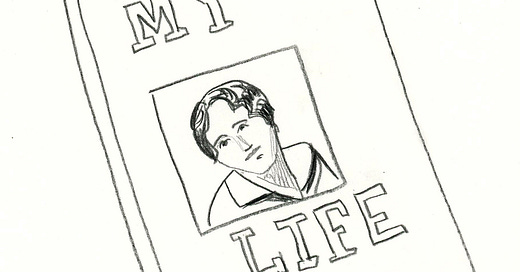




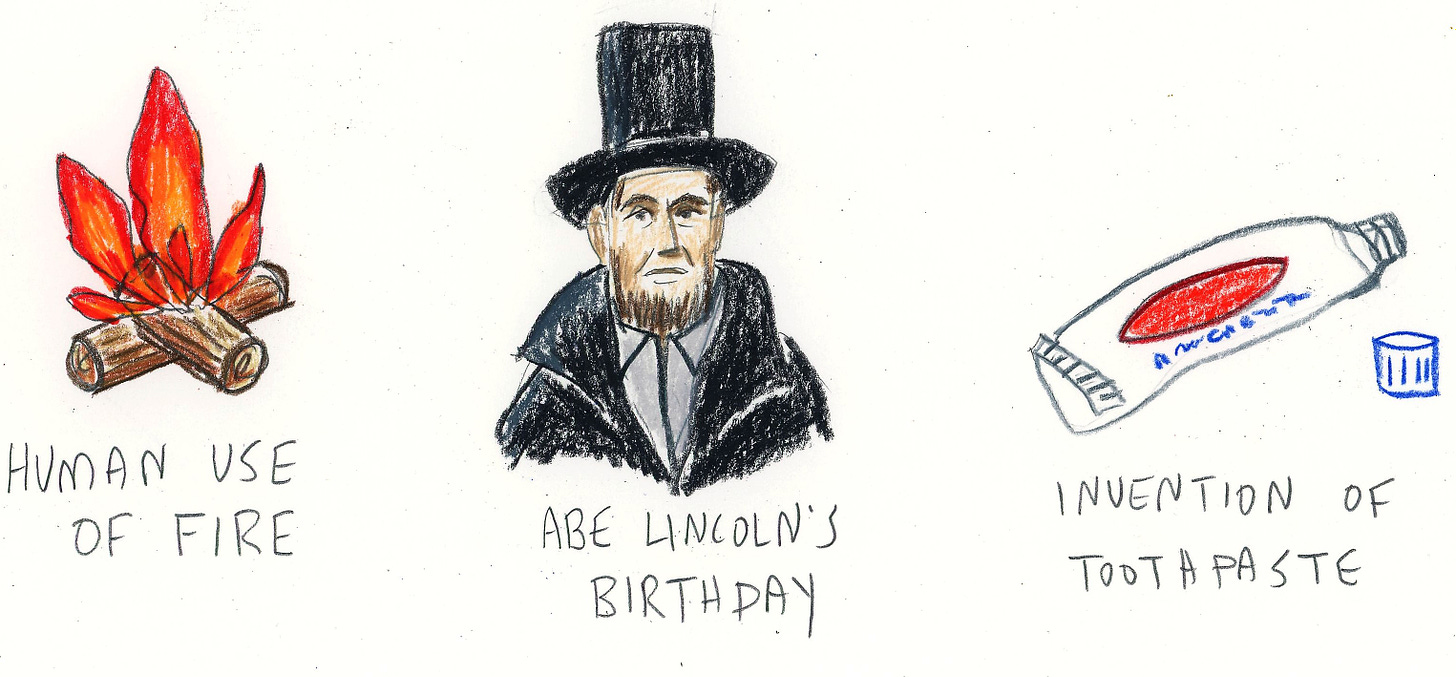
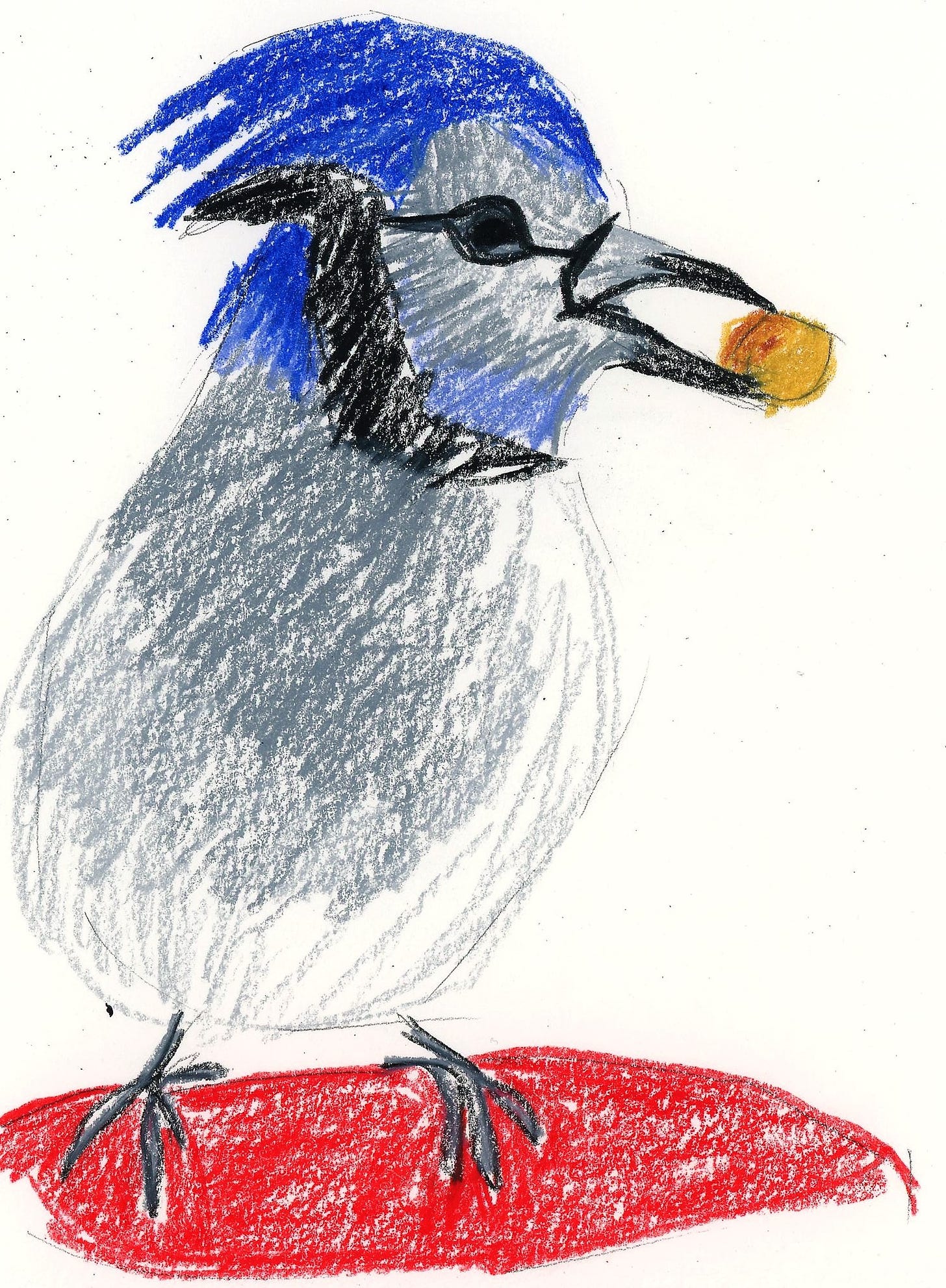

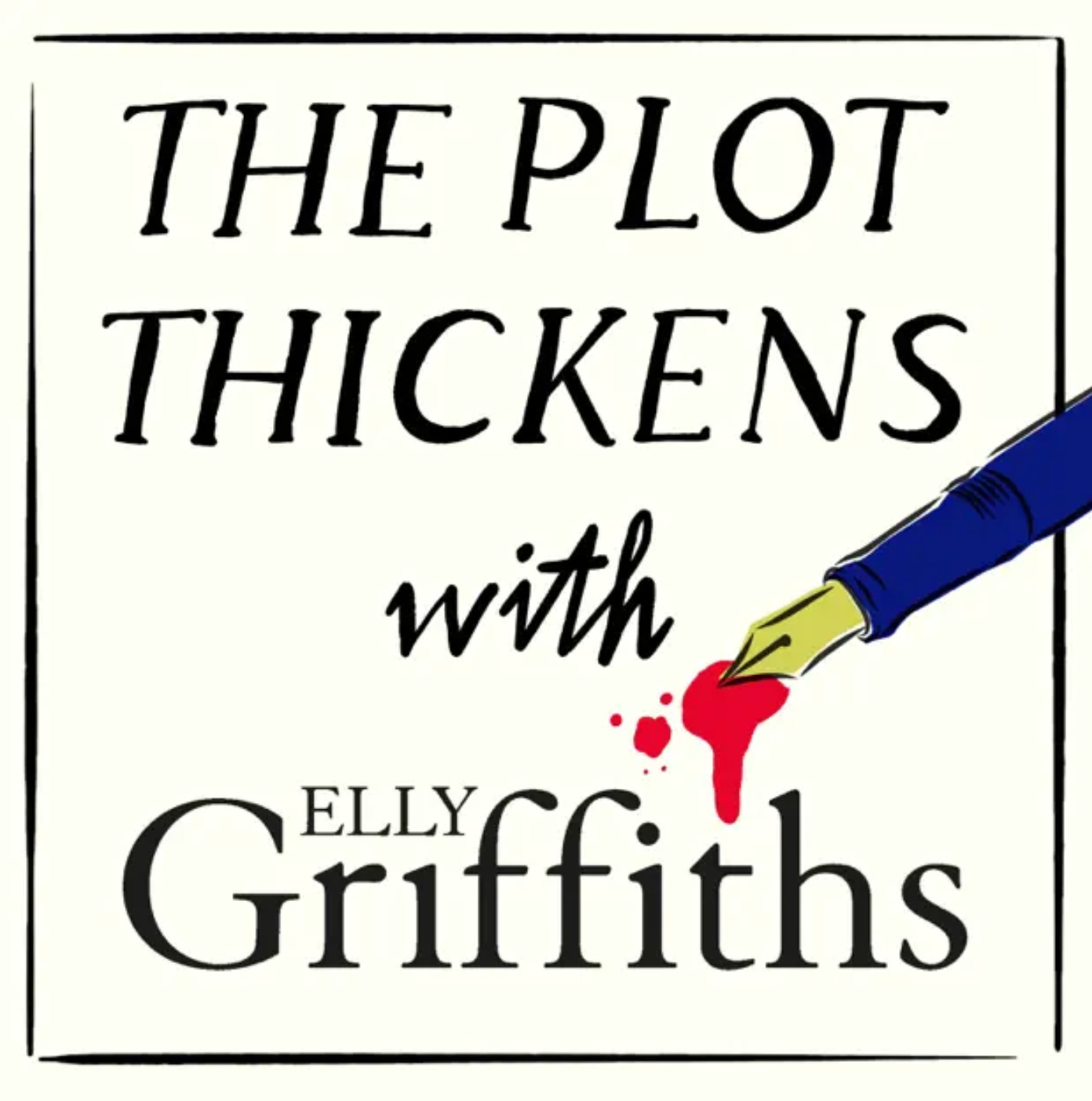

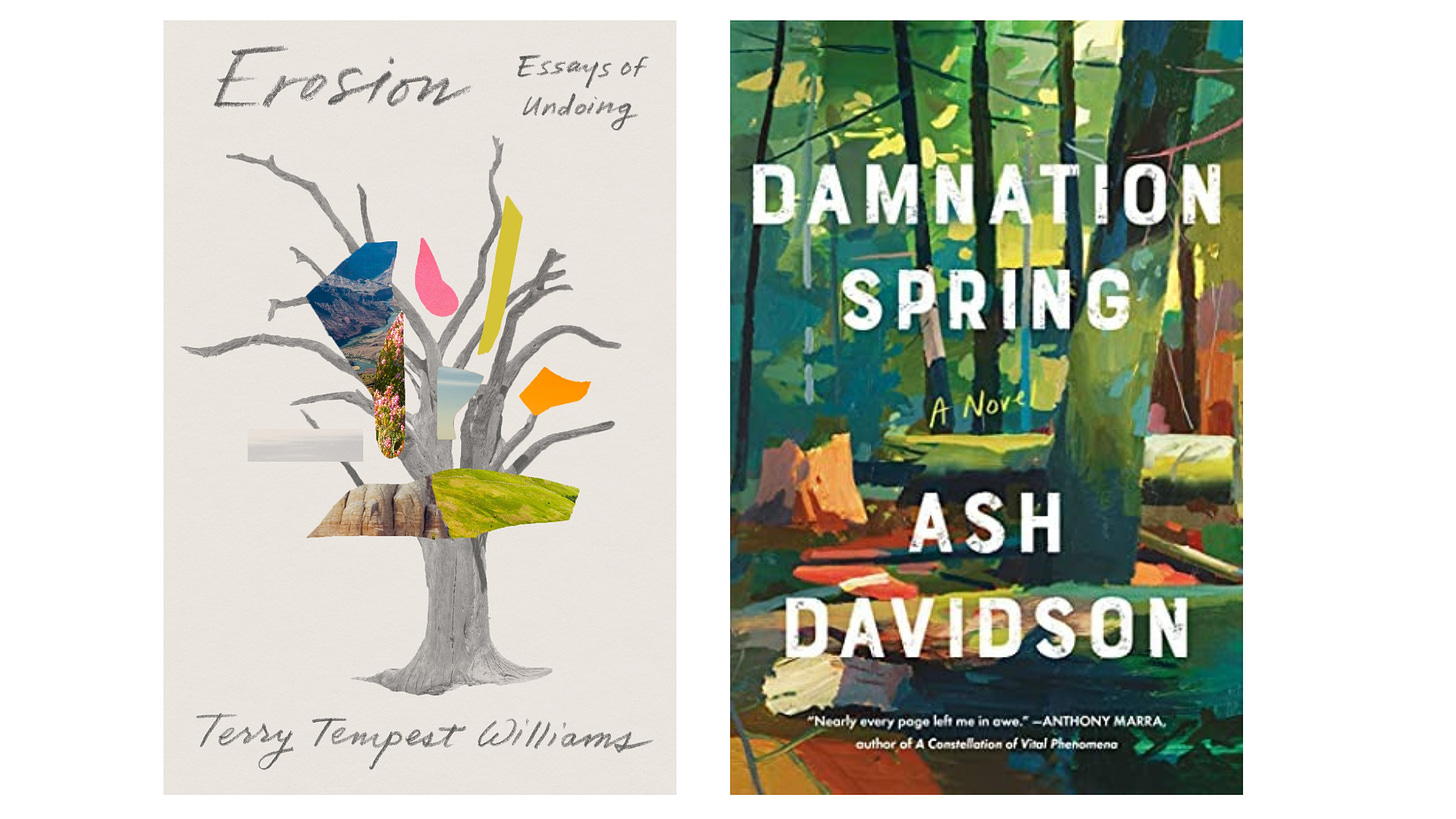
On the cover rant: Even sticking with a photo, that cover could have been beautiful. E.g., photographer Ben Depp (National Geographic, etc.) makes art prints of the degenerating wetlands in Louisiana that are both gorgeous and devastating.
So much good stuff here; thank you! Love the cover rant. 💯